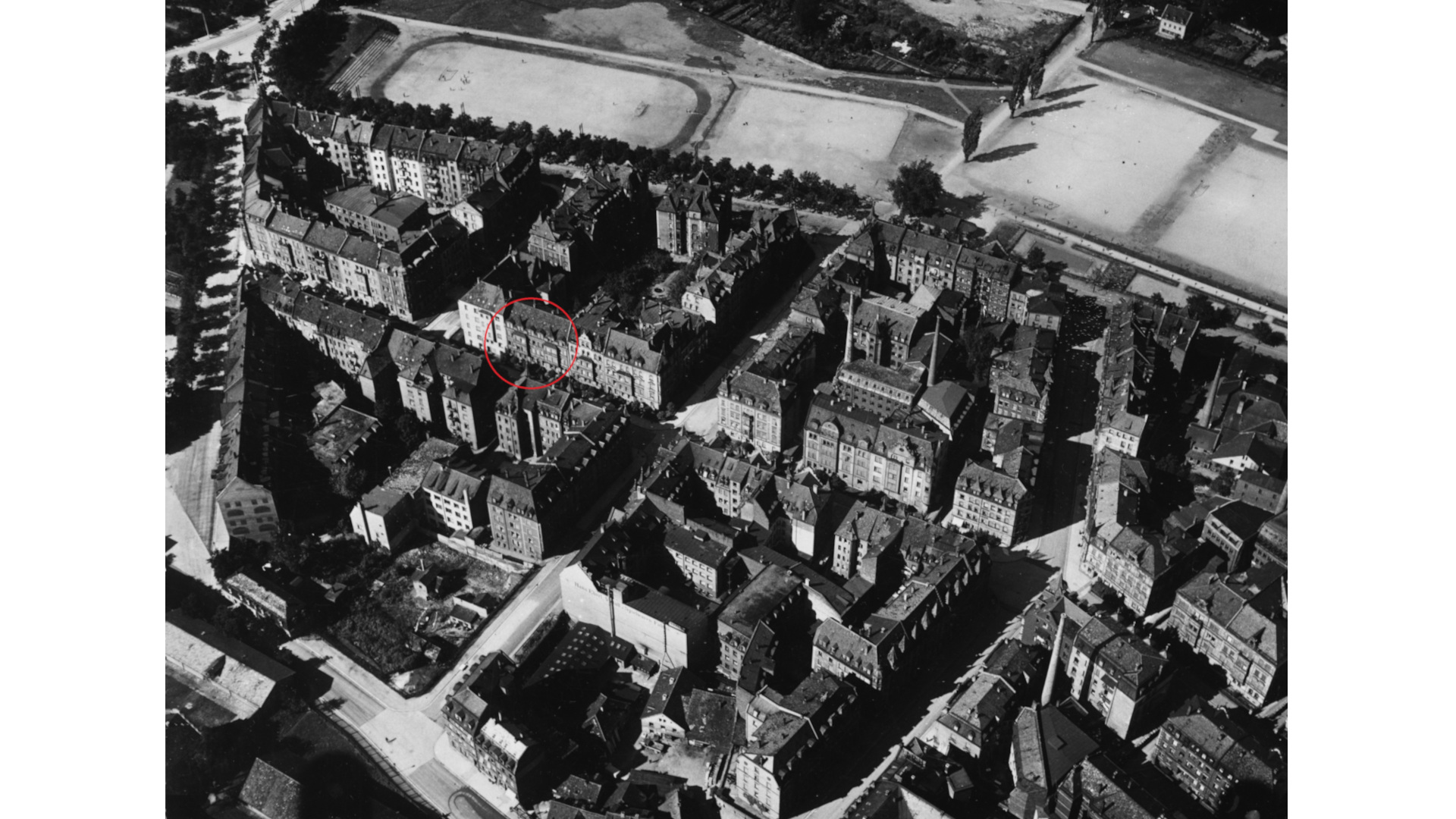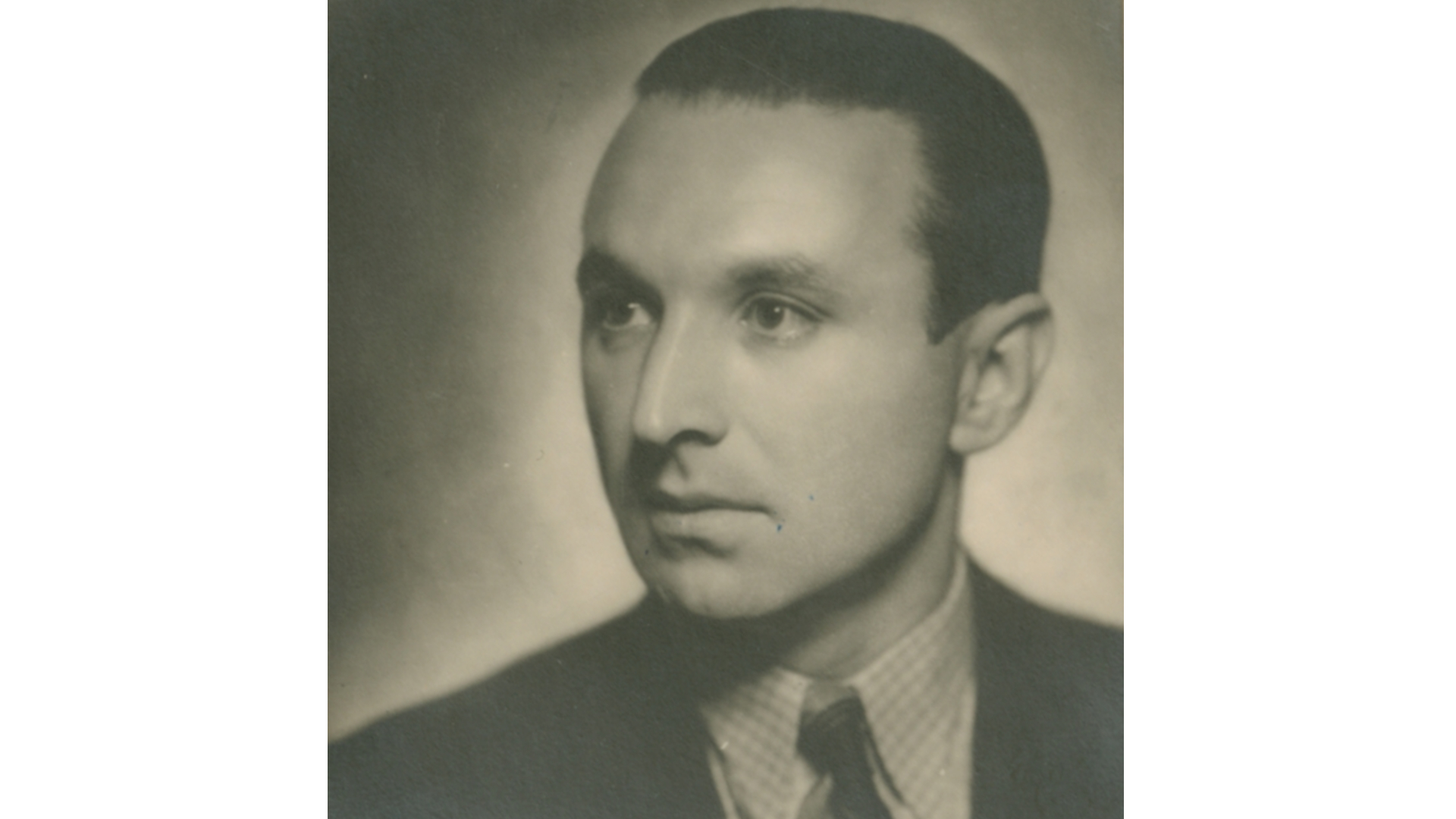| Location of stone: Hochstrasse 32 | District: Himpfelshof |
| Sponsor: Hubert Rottner Defet, Thommy Barth and others | Laying of stone: 22 May 2004 |
Biography
On 22 May 2004 Gunter Demnig laid the first stumbling stones in Nuremberg. These included a stumbling stone for Antonie Rosenstein, who was murdered in Auschwitz.
Antonie Rosenstein was born in Würzburg on 15 August 1895, the daughter of trader Wolfgang Rosenstein and his wife Caroline (née Cohn). When she was five years old, she moved with her parents to Nuremberg. After leaving school, Antonie worked as a piano teacher and accountant.
An entry on her card in the residents register states that she moved to Fürth on 5 October 1942. Whether she had personally deregistered or whether this procedure had been carried out by the relevant authorities – perhaps because she was for a long time a patient in the Jewish hospital in Fürth – is not known.
On 17 June 1943 Antonie was deported to Auschwitz and murdered.












